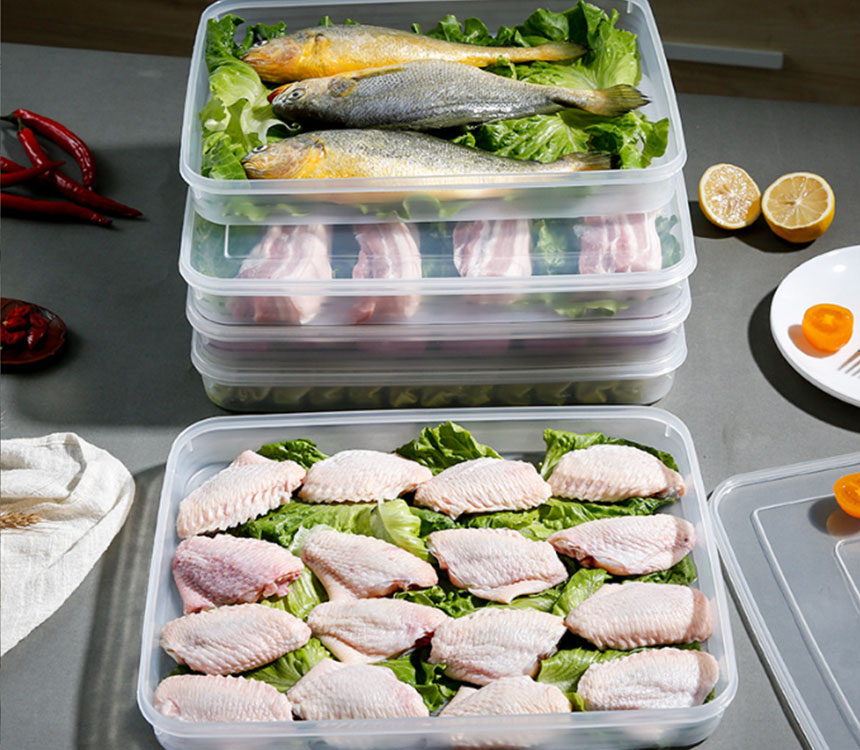
Choosing the right packing machine is crucial for businesses looking to optimize their packaging operations and improve efficiency. With a wide range of options available in the market, it can be overwhelming to determine which machine best suits your needs. This comprehensive guide will walk you through the key factors to consider when selecting a packing machine, helping you make an informed decision.
Understanding the different types of packing machines
When choosing a packing machine, it’s essential to understand the different types available and their specific applications. Here are some common types of packing machines:
Vertical Form Fill Seal (VFFS) machines
VFFS machines are widely used for packaging bulk products such as snacks, powders, and liquids. They create bags from a flat roll of film, fill them with the product, and seal them in a vertical configuration. VFFS machines are known for their versatility, high-speed operation, and ability to handle a wide range of product sizes and shapes.
Horizontal Flow Wrap machines
Flow wrap machines are ideal for packaging products in a horizontal flow, such as bakery items, confectionery, and medical devices. They use a single film to wrap the product and create a tight seal. Flow wrap machines are known for their flexibility, compact design, and ability to handle irregularly shaped products.
Case Packing machines
Case packing machines are designed to pack products into cardboard or plastic cases for shipping and storage. They can handle various product sizes and configurations and are often used in industries such as food and beverage, cosmetics, and pharmaceuticals. Case packing machines are known for their speed, reliability, and ability to handle heavy loads.
Labeling machines
Labeling machines are used to apply labels to products, containers, or packaging materials. They can be standalone machines or integrated into a packing line. Labeling machines are known for their accuracy, speed, and ability to handle different label sizes and types.
Key factors to consider when choosing a packing machine
When selecting a packing machine, several key factors should be considered to ensure it meets your specific requirements:
Product size and shape
Consider the dimensions and weight of the products you will be packaging. Different packing machines have specific size and weight limitations. Ensure the machine you choose can accommodate your products without any issues.
Production volume and speed
Determine your production volume and speed requirements. Some packing machines are designed for high-speed operation, while others are more suitable for low to medium production volumes. Consider the machine’s throughput capacity and cycle time to ensure it meets your production needs.
Packaging material compatibility
Consider the type of packaging materials you will be using, such as plastic films, paper, or cardboard. Ensure the packing machine is compatible with the materials and can handle different thicknesses and textures.
Machine dimensions and footprint
Consider the available space in your facility and the dimensions of the packing machine. Ensure the machine will fit in your production area without any obstructions. Also, consider the machine’s height, width, and depth to determine if it will require any special handling or installation considerations.
Ease of operation and maintenance
Choose a packing machine that is easy to operate and maintain. Look for features such as user-friendly controls, intuitive interfaces, and easy access to machine components for cleaning and maintenance. Consider the availability of technical support and spare parts to ensure smooth operation and minimal downtime.
Budget and return on investment
Consider your budget and the expected return on investment (ROI) for the packing machine. Evaluate the machine’s initial cost, operating costs, and potential savings in labor, material, and time. Choose a machine that offers the best value for your investment and provides a reasonable payback period.
Comparing different packing machine models
Once you have identified your specific requirements, it’s time to compare different packing machine models. Here are some factors to consider when comparing models:
Performance and efficiency
Compare the performance metrics of different models, such as speed, accuracy, and efficiency. Look for machines that offer high throughput, minimal downtime, and consistent performance over time.
Flexibility and versatility
Consider the machine’s flexibility and versatility. Look for features such as adjustable settings, interchangeable parts, and compatibility with different packaging materials and sizes. Choose a machine that can adapt to your changing needs and accommodate future growth.
Reliability and durability
Choose a packing machine that is built to last and can withstand the demands of your production environment. Look for machines made from high-quality materials, with robust construction and reliable components. Consider the machine’s warranty and track record of performance to ensure it will deliver consistent results over time.
Technical support and service
Consider the availability of technical support and service for the packing machine. Look for manufacturers or suppliers that offer prompt and reliable support, including installation, training, maintenance, and troubleshooting. Choose a machine from a reputable company that stands behind its products and provides excellent customer service.
Cost and value
Compare the cost of different packing machine models and evaluate their value. Consider the initial purchase price, operating costs, and potential savings in labor, material, and time. Choose a machine that offers the best value for your investment and provides a reasonable payback period.
Conclusion
Choosing the right packing machine is a critical decision that can significantly impact your business operations and bottom line. By considering the different types of packing machines, understanding the key factors to consider, and comparing different models, you can make an informed decision that meets your specific needs and requirements. With the right packing machine, you can optimize your packaging operations, improve efficiency, and drive business growth.












